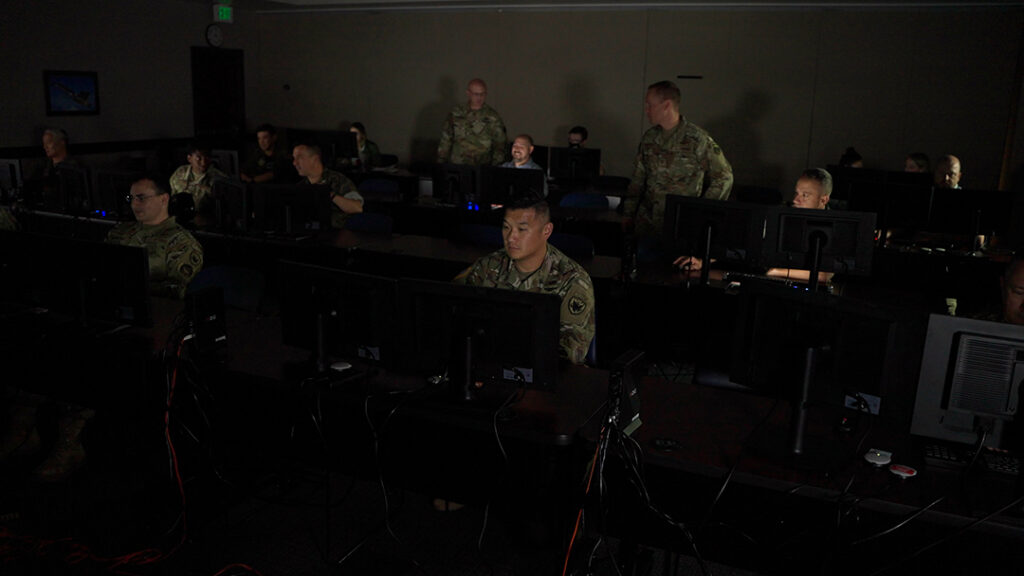THE WATCH STAFF
Defense leaders from Canada and the United States said they plan to jointly invest in new technology and capabilities to make sure the North American Aerospace Defense Command (NORAD) can defend against new ballistic missile threats.
“To meet our security and defense objectives, both countries must be secure within our shared North American continent. The stronger and safer we are at home, the more we are capable of engaging and acting together in the wider world, in support of a strong, rules-based international order,” Canadian Minister of National Defence Harjit Sajjan and U.S. Secretary of Defense Lloyd Austin said in a joint statement.
The upgrade includes replacing NORAD’s main sensors with advanced ones in all domains — air, cyberspace, land, sea and space — to detect threats that range from cruise missiles to drones, according to a Defense News report. The countries also need to conduct joint research and establish new command and control systems that enable a common operating picture.
“Homeland defense doesn’t start in the homeland,” U.S. Air Force Gen. Glen D. VanHerck, commander of U.S. Northern Command and NORAD, said during an August 17, 2021, event at the Center for Strategic and International Studies. “It starts abroad. I don’t want to be shooting down cruise missiles over the national capital region. I think that’s a little bit late in the process. So I’d like to be engaging or deterring, well, what I call left of launch.”
VanHerck means that homeland defenders need to act before a missile launch is detected by infrared sensors, according to the defensenews.com report. The binational NORAD needs to establish a pattern of behavior on the ground around potential threats using signals intelligence, geospatial intelligence and other data, VanHerck said.
The joint statement from the defense chiefs commits both countries to “modernize, improve, and better integrate the capabilities required for NORAD to maintain persistent awareness and understanding of potential threats to North America in the aerospace and maritime domains, to deter acts of aggression against North America, to respond to aerospace threats quickly and decisively when required, and to provide maritime warning consistent with the NORAD Agreement.”
VanHerck said he wants the modernization to align with the overarching concept of Joint All-Domain Command and Control, which envisions a technological upgrade in which data from any sensor can be processed and fed to appropriate weapons system in real time.
That will require NORAD to adapt to software and machine-learning programs to process vast amounts of raw data collected by its sensors at a scale that humans cannot do. (Pictured: U.S. and Canadian service members participate in the third series of Global Information Dominance Experiments at North American Aerospace Defense Command and U.S. Northern Command Headquarters in July 2021.)
The modernization is part of what the U.S. military calls integrated deterrence — “using the right mix of technology, operational concepts and capabilities, all woven together in a networked way that … is credible, flexible and formidable that will give any adversary pause, especially to think about attacking our homeland,” VanHerck said during a July 28, 2021, news briefing.
IMAGE CREDIT: NORAD PUBLIC AFFAIRS

